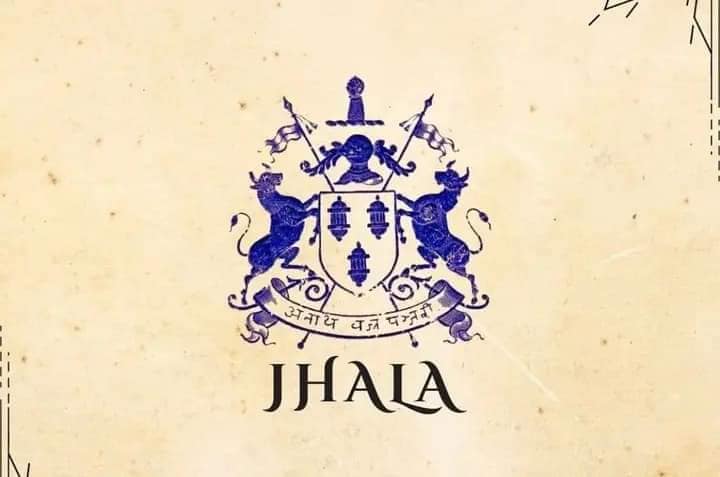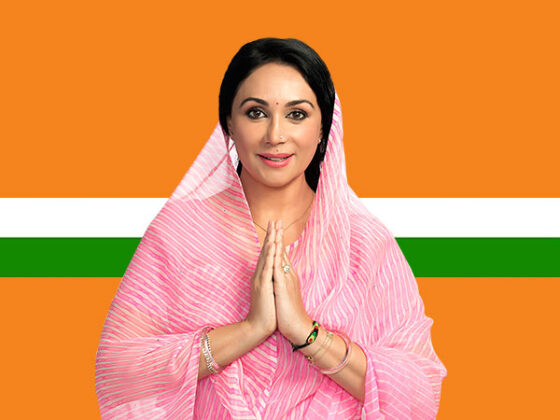Jhala Dynasty: A Legacy of Valor and Cultural Patronage

Introduction
The Jhala Dynasty is a significant Rajput clan that left an indelible mark on Indian history, particularly in Gujarat and Rajasthan. Known for their military acumen, administrative skills, and patronage of art and culture, the Jhalas played a crucial role in shaping the socio-political landscape of their regions. This article delves into the origins, rise to power, notable rulers, and the legacy of this illustrious dynasty.
Origins of the Jhala Dynasty
The Jhala Rajputs trace their lineage to the Chauhan dynasty and claim descent from Harishchandra of the Solar (Suryavanshi) clan. However, over time, they established themselves as a distinct Rajput clan, with their primary strongholds in present-day Gujarat and Rajasthan.
During the medieval period, the Jhalas gained prominence as they carved out independent and semi-independent territories, forming princely states such as Dhrangadhra, Wankaner, Limbdi, and Halvad. Their martial prowess and strategic alliances helped them maintain their dominance in the region.
Rise to Power
The Jhalas were known for their warrior ethos and ability to adapt to changing political landscapes. Over the centuries, they expanded their influence through:
- Military Alliances: Aligning with powerful dynasties, including the Mughals, Marathas, and the British, to secure their dominions.
- Administrative Reforms: Implementing governance models that strengthened their rule and ensured economic stability.
- Strategic Marriages: Forming matrimonial alliances with other Rajput clans, reinforcing their political standing.
One of the most remarkable aspects of Jhala rule was their ability to sustain their sovereignty amidst turbulent political shifts in medieval and colonial India.
Notable Rulers and Their Contributions
Several rulers from the Jhala Dynasty played pivotal roles in shaping the history of Gujarat and Rajasthan. Some of the most notable include:
1. Rana Harpalji of Dhrangadhra
- A revered ruler known for his military strategies and administrative skills.
- Strengthened the defenses of Dhrangadhra and expanded trade routes.
2. Maharana Chandrasinhji of Wankaner
- Introduced progressive policies that modernized governance.
- Focused on infrastructure development, including roads, forts, and public institutions.
3. Thakur Sahib Jorawarsinhji of Limbdi
- Played a crucial role in resisting external invasions.
- Promoted arts, culture, and education, leaving a lasting legacy.
Contributions to Art, Architecture, and Culture
The Jhala Dynasty is not only remembered for its military and administrative prowess but also for its contributions to art and architecture. Their rule saw the construction of magnificent forts, palaces, and temples that continue to stand as testaments to their rich heritage.
1. Forts and Palaces
- Dhrangadhra Palace: A stunning blend of Rajput and European architectural styles.
- Wankaner Palace: A grand structure showcasing intricate craftsmanship and royal splendor.
- Limbdi Palace: Known for its impressive design and historical significance.
2. Religious and Cultural Patronage
- The Jhalas built numerous temples dedicated to Hindu deities, reinforcing their commitment to religious traditions.
- They supported folk music, dance, and traditional crafts, ensuring the preservation of Rajput culture.
Military Prowess and Alliances
The Jhala rulers were distinguished warriors who played key roles in various battles and political conflicts. They:
- Fought against invaders and rival clans to protect their territories.
- Served in the armies of Mughal emperors and later formed alliances with the British East India Company.
- Established a reputation for valor, loyalty, and tactical intelligence in warfare.
Jhala Dynasty in the Colonial and Modern Era
During British rule in India, many Jhala rulers adapted to changing times by:
- Introducing progressive reforms in education, infrastructure, and administration.
- Collaborating with the British to ensure the prosperity of their states while retaining their traditional autonomy.
With India’s independence in 1947, the princely states ruled by the Jhalas were integrated into the Republic of India. Despite losing their royal status, the Jhalas continued to influence politics and governance in Gujarat and Rajasthan. Many members of the dynasty pursued careers in public service, business, and social initiatives.
Legacy of the Jhala Dynasty
The Jhala Dynasty’s legacy is deeply embedded in the history and culture of Gujarat and Rajasthan. Their contributions to governance, military affairs, and the arts have left an enduring impact. Even today, the forts, palaces, and temples built under their patronage attract historians, tourists, and heritage enthusiasts.
Moreover, their descendants continue to uphold the traditions and values of their forefathers, ensuring that the Jhala name remains synonymous with bravery, leadership, and cultural patronage.
Conclusion
The Jhala Dynasty stands as a remarkable chapter in Indian history, showcasing the resilience and grandeur of Rajput rulers. From their military exploits to their artistic and architectural contributions, the Jhalas played a crucial role in shaping the socio-political fabric of Gujarat and Rajasthan. Their legacy, preserved through monuments, traditions, and historical accounts, continues to inspire generations.







